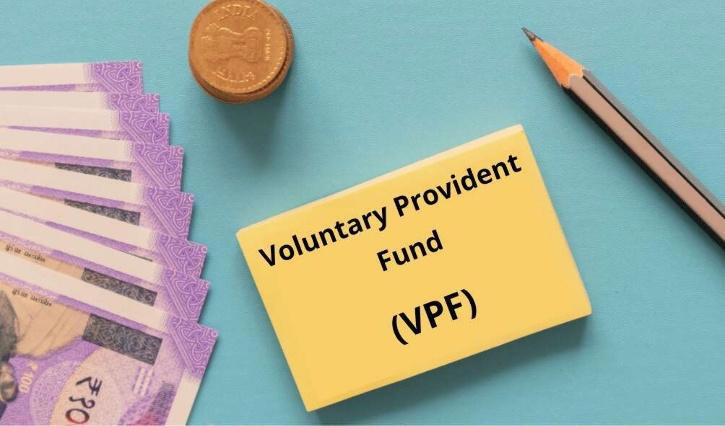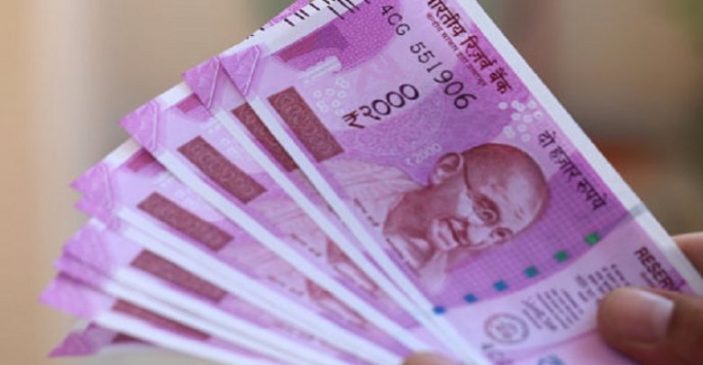Public Provident Fund (PPF), Voluntary Provident Fund (VPF) and Employee Provident Fund (EPF) are the three major government-backed retirement plans in India. And all three of them operate differently in terms of interest rates, taxation, and withdrawal guidelines. Depending on your financial objectives, eligibility, liquidity, investment horizon, return expectations, etc, PPF, VPF and EPF play their own different roles.
As taxation plays a key role in the selection of the provident fund you wish to park your money in, especially when it comes to PPF and VPF (given that EPF is mandatory for employees in most organizations), why not compare all three of these major provident funds on that parameter?
Read More: Answering India’s Economic Call: Surge In Demand For Financial Experts
Taxation: PPF vs EPF vs VPF
So let’s go ahead and understand how EPF, VPF and PPF are taxed in India.
Public Provident Fund (PPF)

PPF is managed by the government of India, with both the principal and the interest components coming with a sovereign-backed guarantee. It has a lock-in period of 15 years and is among the popular tax-saving investment options under Section 80C.
PPF also offers some degree of liquidity through its premature withdrawal facility and loan against PPF as well. The interest rates are set on the basis of government bond yields. Currently, the PPF interest rate is 7.1% p.a.
As far as taxation is concerned, this is the big advantage PPF has over many other tax-saving instruments. PPF falls into the EEE (exempt, exempt, exempt) category. So, the amount invested in PPF, the interest earned on PPF and the maturity proceeds of PPF, all three are tax-free.
Also, under Section 80C, the amount invested in PPF can be claimed for tax deductions up to Rs 1.5 lakh per year.
Read More: Centre directs banks, civic bodies to work in tandem on scheme for loans to street vendors
Employee Provident Fund (EPF)

Employees’ Provident Fund (EPF) is a compulsory deduction from the salaries of employees working in eligible organisations. The employee should make EPF contributions of Rs 1,800 or 12% of the basic salary and the dearness allowance, whichever is lower. Most companies deduct 12% of salary + DA. The employer must also make an equal contribution to the EPF account.
EPF is managed by the Employees’ Provident Fund Organisation (EPFO). EPF’s interest rate declared for FY22-23 was 8.15%p.a.
As far as taxation is concerned, after Union Budget 2021, interest on an employee’s contribution to an EPF account above Rs 2.5 lakh during the financial year is taxable in the hands of the employee. This interest is also subject to TDS. This rule will only apply to the contributions made by the employee, while contributions made by the employer will not be taxed. The calculation of interest on the threshold limit of Rs 2.5 lakh shall also include VPF contributions, as per Cleartax.
Read More: LIC policy: Invest Rs 87 per day and get Rs 11 lakh upon maturity, check details
TDS will be deducted at 10% on taxable interest income accrued above the threshold limit during the year as per Section 194A of the IT Act. For resident Indians, TDS is deductible if the interest accrued in the PF account for the financial year exceeds Rs 5,000.
Also, from FY 2020-21 onwards, the employer’s contribution to the EPF account shall become taxable if the contribution to EPF, NPS and/or superannuation fund exceeds Rs 7.5 lakh in a financial year. The excess contribution will become taxable.
Moreover, if EPF is withdrawn after five years of continuous service, then no tax is required to be paid on the contribution amount and interest received on the same. However, If you withdraw money before a specified period of 5 years, then in that case, you won’t be exempted from tax. And the PF department will deduct TDS on EPF withdrawn before five years of continuous service at 10%.
Also, keep in mind that an employee’s contribution to the EPF account is allowed as a deduction of up to Rs 1.5 lakh under Section 80C.
Voluntary Provident Fund (VPF)

As its name suggests, Voluntary Provident Fund (VPF) is the voluntary fund contribution you as an employee make towards your provident fund account. This contribution is beyond the 12% of contribution by an employee towards his EPF. The maximum contribution is up to 100% of the Basic Salary and Dearness Allowance. Interest is earned at the same rate as the EPF. So currently it is 8.15% p.a.
The VPF comes under the EEE (Exempt Exempt Exempt) category. So, the VPF contribution, interest and principal/maturity amount are tax-free. The lock-in period of a VPF account is five years. If an employee withdraws an amount from EPF before five years, it will be liable for tax. The withdrawal amount is tax-free only when it is withdrawn after five years of investment.





































